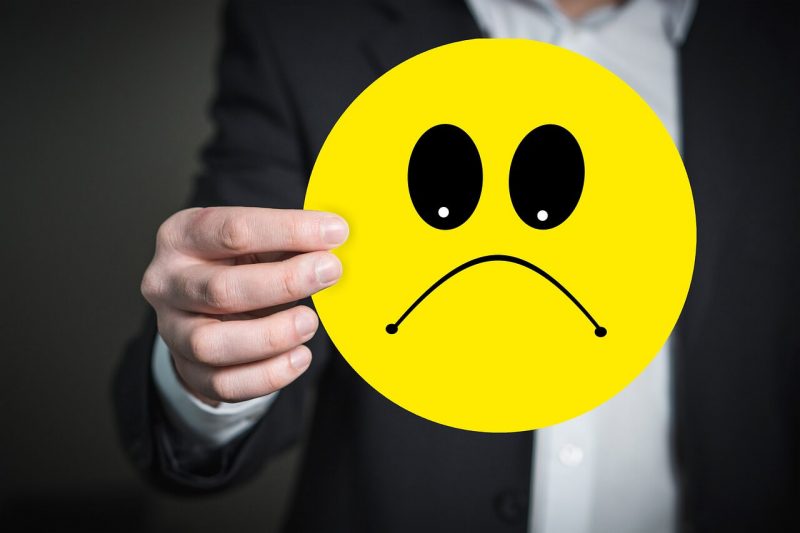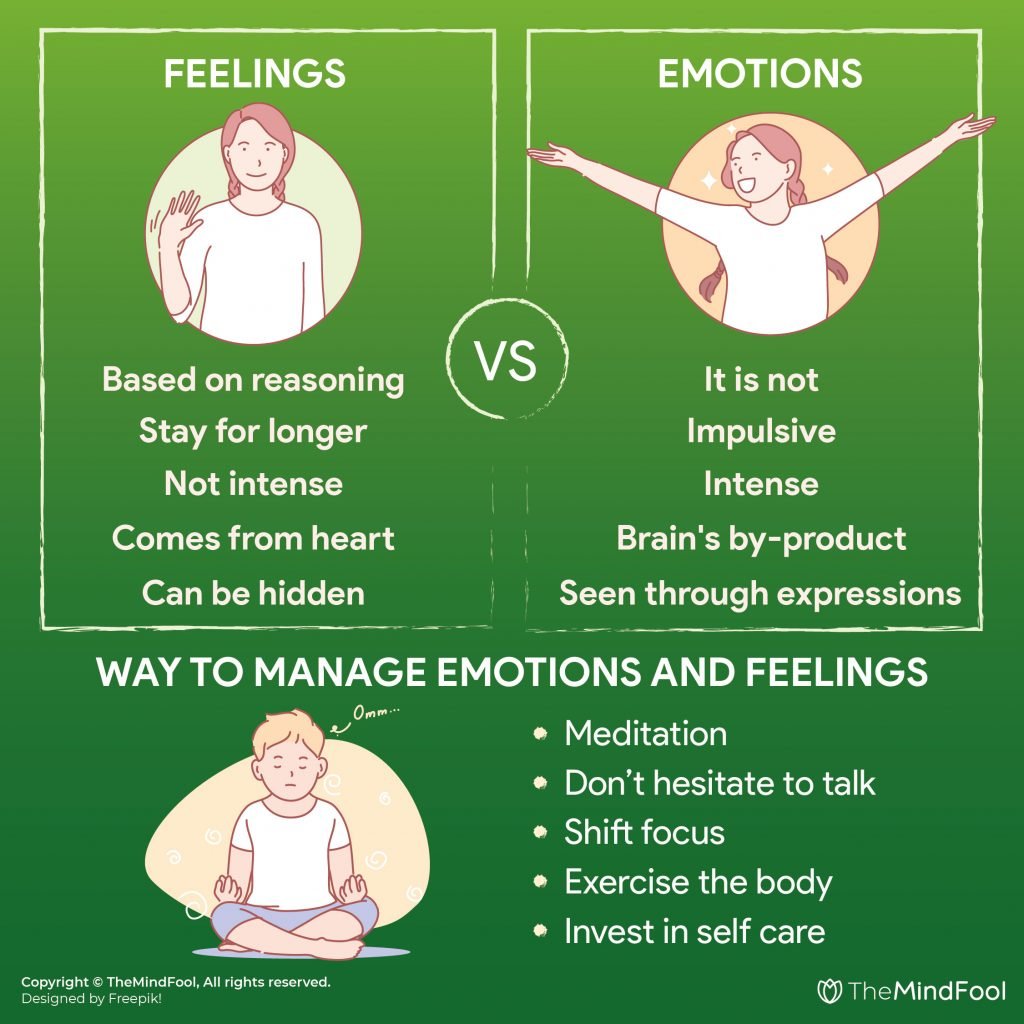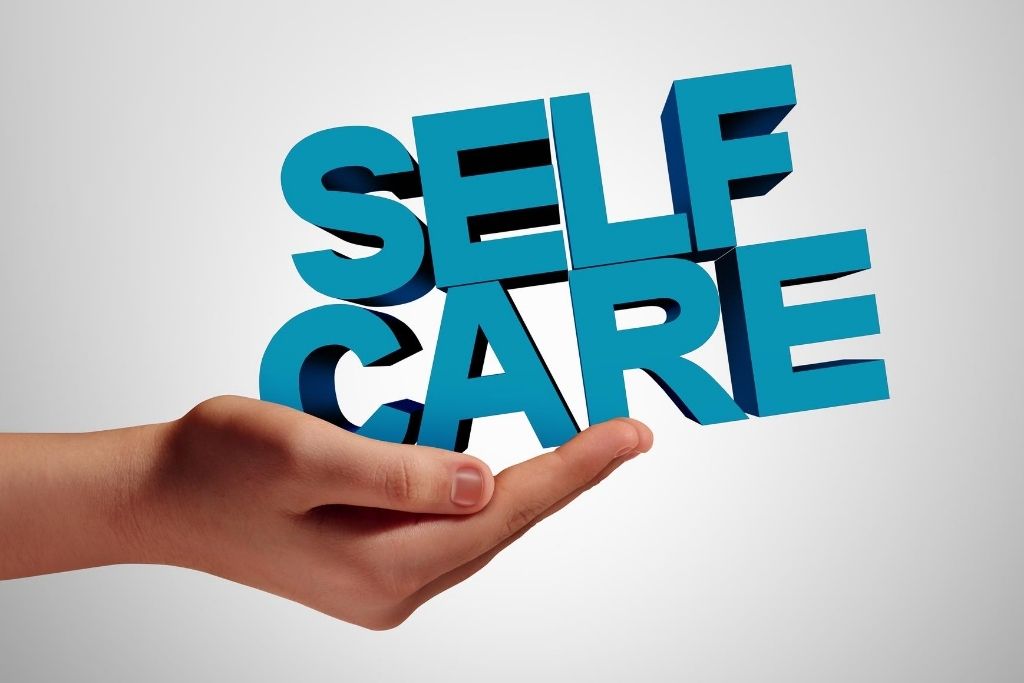
Many of us often confuse our feelings with emotions and this tends to cloud our judgment in many situations. While the feelings vs emotions debate are endless, the important thing to understand is that they are distinct, generate separate needs and therefore should be addressed differently.
Feelings and emotions are like two sides of the same coin. Above all, once you can differentiate your feelings from your emotions, you are likely to exhibit better emotional control and in most cases, this will help you avoid regrets in your interpersonal relationships.
In this article, we will try to understand the difference between feelings and emotions. The idea is to help you identify unhealthy behaviors, eliminate them, and lead happier lives.
What Are Feelings?
Let’s move on from a generic definition to the specifics. While emotions are physical, feelings may not be so! To understand this in detail, consider an example-you believe in God. This belief in the supreme power is a feeling, a rather strong one that guides people to live a happy life.
One can’t see God or witness a miracle, they can only experience the strength that their faith provides. This belief is a feeling because the individual feels that the invisible power is there to guide him or her. However, there is no way to quantify this feeling. Another contrast is when you feel sick.
If you didn’t know it, sickness is a feeling. But when an individual feels sick, he or she can quantify it with specific symptoms. This means that feelings can broadly be classified into two types
1. Quantifiable feelings
2. Non-quantifiable feelings
Feelings are also like a subjective experience. For instance, negative feelings pull down the morale of an individual. Their productivity is affected because of the impact on their mental health. The feelings are often linked to physical sensations like when you feel pain.
Another example to understand this differentiation better is when you feel scared, your heart rate intensifies. In such cases, some individuals experience palpitations, nervousness, anxiety, etc. Why does this happen? Simply because the nature of a possible outcome tends to impact your conscious thoughts.
Children and adults experience many types of feelings-like fear and anxiety. Given this complexity, it is almost impossible to classify all the feelings in sacrosanct categories.
What Are Emotions?
Emotional states or emotional reactions can be positive or negative. It all depends on the situation. Emotional responses come from feelings. For example, if you feel hungry you are likely to get angry or irritate at irrelevant conversations. This is because human emotions govern our culture and behavior. They rule our way of life.
In fact, if you look at it in greater detail, emotions are what define our life throughout. Many ancient scriptures have also talked about this in detail.
Scientists have conducted various experiments as well as brain imaging to understand brain activity during different emotional experiences. Just like feelings, there are many types of emotions. But there is a broad level classification that categorises the basic emotions as detailed below:
- Anger
- Fear
- Disgust
- Happiness
- Sadness
- Surprise
- Contempt
Our emotional response is further defined by three parameters as detailed below
1. The subjective experience
2. Physiological experience
3. Both of the above lead to the behavioral response
Your physiological response stems from the experience of the emotional mind. Most of the human emotions that one experiences can be classified in one of these categories. However, each one of us is likely to experience these emotions differently.
For example, happiness or sadness for one person may not mean the same for the other. When you feel sad, the extent of sadness varies depending on the cause. Simply, emotions are hard-wired into our genetic system, they govern our behavioral traits in a big way.

The Origin of Feelings and Emotions
Emotions are measured objectively and have a very scientific explanation. They are like low-level chemical reactions that alter the physical state of the body. Wondering how you witness this change? Very simply, it is your mood that changes. For example, when you are happy, you smile!
More often than not, you will notice that the basic emotions are hard-wired in our genes. It changes very little from person to person. So much so that, according to a recent development, there are applications using emotional algorithms to understand what you are thinking.
From measuring customer satisfaction to identifying possible cases of depression, these algorithms are causing quite a stir. On the other hand, feelings are sparked by emotions. When you are experiencing an emotional state of mind, it will evoke a feeling.
A striking factor is that the feeling tends to last longer even though the emotion fades away. For example, feeling sad may be associated with some unhappy memories so even though the emotion associated with this feeling may fade away, the memories will take longer to go.
Feelings and Emotions: The Connection
Man is a miniscule part of the biological ecosystem. When you look at the food chain, humans are placed on the top and therefore they have certain privileges. These include emotions and feelings as well. Therefore, these two elements play a major role in shaping our life.
For example, a human being works because he or she needs the money to satiate their hunger – a very common feeling that most of us experience quite a few times in a day. We all feel hungry and food does not come for free-you have to work for it.
In whatever work that you are doing, there is a constant fear housed in your mind that makes you work harder and excel. We are afraid that someone may do the job better and the threat to our position makes us push the wall. This is a beautiful example that showcases how the entire human cycle operates on the two pillars-feelings and emotions.
Feelings vs Emotions
Now that we have a brief background, let us focus on understanding the difference between emotions and feelings.
1. Feelings are based on reasoning, emotions are not
SUMMARY
What you are feeling is based on certain reasoning that has convinced your brain. But the emotions that you exhibit are more innate and in most cases pre-defined by your genetic make-up.
Have you heard about the limbic system? It is one of the most primitive parts of the brain and this is where your emotions come from. Since emotions are governed by your genetic make-up, there is an upper limit on the number that you can exhibit.
But feelings are associated with the frontal lobe which means there is no upper limit to the number of feelings that a person has. To further clarify this divide, you can consider feelings to be your response based on your interpretation of the event. On the other hand, emotions are like an automated response of the nervous system response.
2. Emotions are impulsive, feelings are here to stay
SUMMARY
Since emotions are linked to the autonomic nervous system, they are impulsive. Remnants of emotions are feelings.
Emotions are like an alarm or the body’s first response to a situation. For example, if you are left alone in the jungle and hear the roar of a tiger, the first emotional response will be fear. Gradually, as the mind begins to understand what is happening, the emotions will evolve into feelings. This means that emotions come and go fast.
3. Emotions are intense, feelings are not
SUMMARY
An emotion can be intense. There are many instances where people have confessed to taking wrong decisions just because they were blinded by their intense emotions.
The emotional response of the body is to act or stop acting immediately. On the other hand, feelings come over some time and therefore lack the intensity. For instance, anger is an emotion but what you feel when you are angry needs to be heard and addressed separately.
If you avoid doing so, the intensity of your anger will overpower your senses when it comes to making the right decision. Feelings help you take a step back- introspect on what you can do- to stop feeling uncomfortable.
4. Emotions are a by-product of the brain, feelings come from the heart
SUMMARY
Emotions are a result of the details as they are perceived by the brain. Feelings are just a project of bodily experience.
Feelings are like an instant reaction of the body. When an individual gets hurt, he or she instantly experiences pain. This is absolutely normal. However, as he or she ponders over the pain, they are likely to develop an emotional response to the situation. This could be the situation that led to the pain in the first place.
5. Emotions show through your facial expressions, feelings can be hidden
SUMMARY
You can hide a wound or the physical pain that it causes. But the heartache caused by betrayal is something you can never hide.
The face is like a mirror. Because emotions are intense, they almost always show up on the face. If you feel betrayed, the emotional trauma that it causes will make it difficult for you to face the same situation again. In this case, betrayal gives rise to feelings of hatred. These feelings will dominate your facial expression and body language.
Managing Your Feelings VS Emotions
Now that you can understand the difference between feelings and emotions, let us look at some simple tips to manage them in a better way. Emotions arise in the physical body and are based on your personal experience.
On the other hand, feelings are more like a hormonal response to the emotional state of the mind. When you can distinguish between your emotions and feelings, you are empowered to make better choices.
Simply put, you can channelize your feelings to achieve your goals and this will improve your mental make-up in a big way. This, in turn, will improve your emotional intelligence quotient as well. Here are three simple tips to do so:
1. Meditation

Meditation is a simple technique to help the mind disconnect from the chaos surrounding it. This time-off gives it a breather and therefore a chance to evaluate the experience in a better way.
You can choose your style of meditation just remember that the focus has to be on calming the mind. Also meditating when you are in the midst of the problem is a bad idea. Instead, meditate daily. You can start with five minutes every day and gradually clock in more time.
2. Don’t hesitate to talk

Don’t expect people to guess how you are feeling, even if they are close to you. Feelings are intimate until you don’t talk about it. Emotions are not.
Unlike emotions, you need to talk about your feelings. If you are feeling angry, talk to a loved one and figure out why. Until you don’t figure out why, you will not be able to connect with your inner feelings. Additionally, if you suppress your feelings, you will end up fueling the emotion which in turn can impact your mental health adversely.
3. Shift focus

The ideal flow of events before any action is experiencing an emotion that gives birth to feelings and accordingly you act. But when you start obsessing over a situation, the results can be disastrous.
If there is a situation that is bothering you, the simplest thing to do is disconnect yourself from it by shifting your train of thoughts. Deep down your emotions are driven by how you think the situation is affecting you. If you can change your thoughts, it may not change the situation that you are trying to tackle but it will surely change the way you feel.
4. Exercise the body
Feelings and emotions pile up a lot of positive and negative energy. The best way to channelize this energy.
Exercise is one of the best ways to channelize any type of energy in the body. It will help you stay healthy-physically and mentally. Engage in some form of exercise on a daily basis, this will help you keep a tab on your emotional outbursts as well as manage your feelings.
5. Invest in self care

Spend some time doing things that you like to do. There is nothing like self-love to heal your emotional chakras.
Self-care involves indulging in any activity that makes you prioritize your emotions. This gives you a chance to harness the energy and understand the root cause of the emotional outburst. Within a few days, you will find the peace that the mind yearns for.
And To Conclude
Emotions and feelings are not easy to control. It will take practice and conscious efforts to achieve the state of equilibrium where you can identify your emotional triggers, work on them and connect with your true feelings.
But the important thing to remember is that you have to put in a genuine effort because this will help you achieve a healthy state of mind.
Feelings vs Emotions FAQs
What is emotion in simple words?
Emotions definition is simple – it is the body’s first response to any circumstance. Since it is the first response, it may not be well-thought. In most cases, emotions are impulsive. Additionally, during extreme stress scenarios, it is normal to experience an outburst of emotions. Once the emotions are out, you experience a certain calm that allows you to act logically.
What do feelings mean?
Feelings are also a response of the body to a situation. In fact, feelings meaning is often confused with that of emotion. The only difference is that feelings are based on some amount of logical reasoning. Simply put, your feelings are based on how you interpret the events and then choose to react to it.
Is love a feeling or an emotion?
Love is an emotion but experiencing being loved by someone is a feeling. For instance, when you are in a romantic relationship, you experience the emotion of love for the other person and enjoy the feeling of being loved by the other person.
Where do feelings and emotions come from?
It is important to understand how are emotions created and how do feelings work, as we try to answer this question. To start with, emotions trigger feelings. However, there is no limit on the number of feelings that you can exhibit because they are governed by the frontal lobe of your brain. Emotions, on the other hand, come from your genetic make-up.
How to measure emotions and feelings?
Measurement of emotions is on the basis of the affective display of the individual. For instance, if you are angry because your hunger, your face will give away the emotion of anger. The feeling of hunger can later be interpreted based on this emotion. To measure feelings is equally challenging because you need to interact with the individual to decode the feeling he or she is experiencing.
A freelancer by profession, Kavita writes on a variety of topics, mental health being one of her favorites. Fond of traveling, socializing and meeting new people, most of her inspiration for writing comes from real-life scenarios as well as experiences. Her motto in life has always been to look for a reason to smile.
